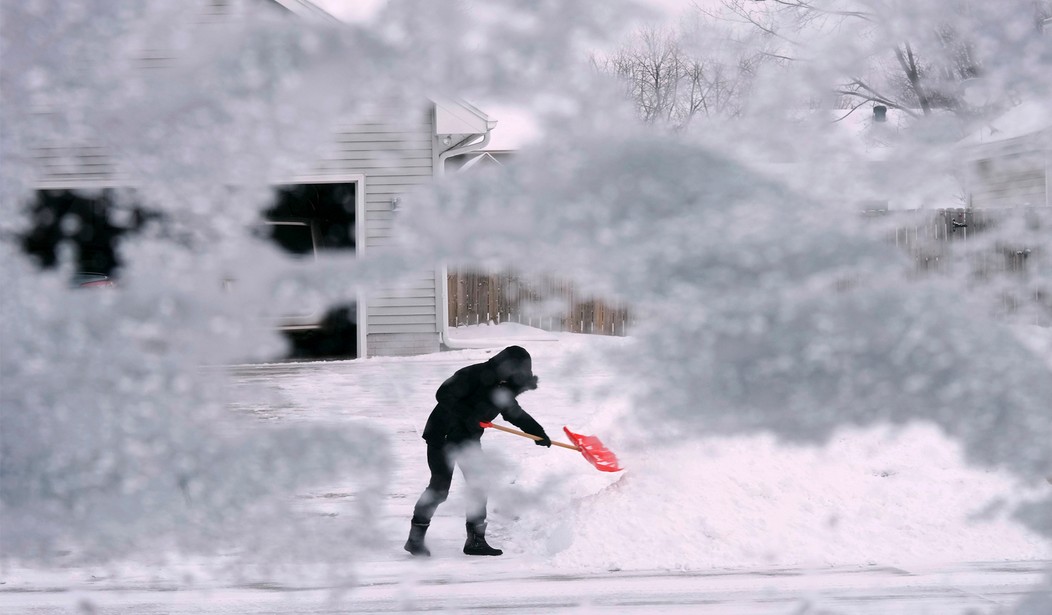What with all the hooraw in the media about climate change and global warming, it's interesting to see that the FDA has approved a novel treatment — for severe frostbite.
That's enough to make an Alaskan perk up and pay attention.
The Food and Drug Administration (FDA) has approved the first-ever treatment option for frostbite in adults.
The agency approved the Aurlumyn injection, which can help reduce the risk of finger or toe amputation, on Wednesday.
“Having this new option provides physicians with a tool that will help prevent the life-changing amputation of one’s frostbitten fingers or toes,” said Dr. Norman Stockbridge, the director of the Division of Cardiology and Nephrology in the FDA’s Center for Drug Evaluation and Research.
The active ingredient in Aurlumyn is iloprost, a vasodilator that prevents blood from clotting, showcasing efficacy in treating frostbite patients, the FDA said. Its efficacy in treating severe frostbite was established in the controlled trial that occurred between 1996 and 2008, the agency said.
The injuries suffered in severe frostbite are due to ice crystals formed in tissue as it freezes; the ice crystals rupture cell membranes, producing possibly severe tissue damage that oddly resembles a burn, and can result in amputation of fingers, toes, or worse. But the new treatment appears to at least lessen the odds of that.
The approval was granted based on an open-label controlled trial involving 47 adults with severe frostbite. The trial found that patients treated with iloprost alone had a lower risk of amputation compared to receiving other treatments.
The best way to avoid injury, of course, is to dress properly for the weather — and in climes where winters are long and cold, the prevailing wisdom is "dress for the weather, not the trip," cautioning against wearing lighter clothing than one would otherwise because the plan is to stay in a warm vehicle or building.
This is an instance where an ounce of prevention is literally worth a pound of cure.
See Related: Minus-30—Even for Alaska, That's Cold!
FDA, CDC Follow the Science - Right Back to the Stone Age
Case in point: There is a place in Minnesota called Camp Ripley, a Minnesota National Guard base that is (or at least was when I was there in 1997) home to the Army Winter Operations course. Our battalion of Infantry went through that two-week exercise in January, when overnight temps plunged into double digits below zero, and most of the grunts slept in unheated tents. But thanks to proper gear, good training, and constant oversight by the field medics, we came out of that with one — precisely one — case of frostbite, a minor case involving the end of one finger, and the soldier involved recovered without incident. Preparation is everything.
- At first, cold skin and a prickling feeling
- Numbness
- Skin that looks red, white, bluish-white, grayish-yellow, purplish, brown or ashen, depending on the severity of the condition and usual skin color
- Hard or waxy-looking skin
- Clumsiness due to joint and muscle stiffness
- Blistering after rewarming, in severe cases
Extreme cold, globally, kills far more people than extreme heat. Stay warm out there!














Join the conversation as a VIP Member